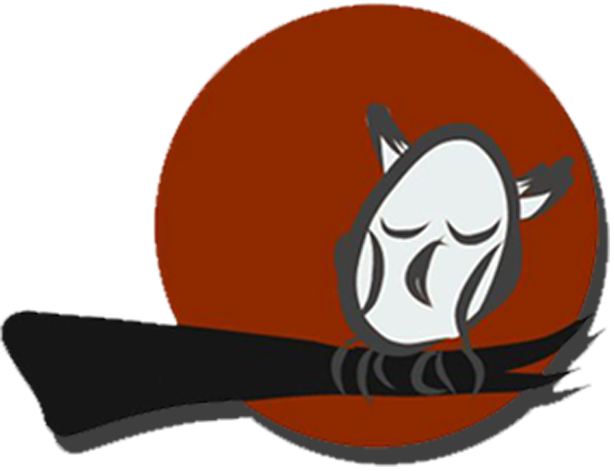After perusing a recent article in the “Washington Post,” I thought, what have I done? Jennie Yabroff exposed some very revealing statistics in “Why are there so few girls in children’s books?“
I had to reexamine the characters in “Misho of the Mountain” in a new light. I knew that females are underrepresented in media when I wrote the story. But I never thought I’d be a perpetrator of this unbalanced mind set. We intentionally made the decision to refer to Misho, the little tree who is the main character, as female. But the other two main supporting characters are male. She is outnumbered.
Does this really matter?
Not if you consider “Misho of the Mountain” individually and out of context with the body of children’s literature. In a perfect world, the ratio of male to female characters in a book doesn’t matter. But ours is an imperfect world, and no book is an island. In light of the overwhelming preponderance of male characters in children’s books and the glaring absence of adult female characters as pointed out in Yabroff’s article, it matters. A lot.
Books send many messages beyond the ones the author intends. Those hungry little minds are absorbing social identity norms as they read and watch TV. The messages add up. A simple characterization of a little girl who colors with a pink crayon and is praised for coloring inside the lines becomes part of a larger gestalt. I’m sure the author of that delightful best-selling book didn’t intend to relegate the little girl to subservient, obedient, or stereotypical status. But those messages sneak in. Authors are a product of their own environment. When what I’ll call “the pink crayon message” is hammered into our boys’ and girls’ receptive minds over and over, it becomes their norm and defines the psychological boundaries that limit them.
When I re-read my book, I was shocked at what I’d subconsciously done. One part of the story seems at least as repressive as the pink crayon message.
Self-assessment can induce a lot of wincing and denial.
Fortunately, a few changes can alter that inadvertent message in important ways. I might have decided to Hire A Book Editor if I wasn’t sure how to tackle it myself, but I’m confident making those changes–and just in the nick of time. The illustration storyboard is in the works as I write.
I believe it’s important to empower girls. Nonetheless, “Misho of the Mountain” is not a book “for girls.” I wrote it for all children. Misho’s story is about how to be resilient in the face of bad things that happen in life and how accepted standards of success (and beauty) are only one way of seeing oneself.
I want “Misho” to help parents and mentors open dialogues about failure and hardships so they can help prepare the children in their lives. I want children to read a fun adventure and absorb the message that they can make meaning and purpose in their lives despite setbacks.
I have an ulterior motive: to help some children avoid suicide later in life. If even one child is saved because of Misho’s message, the work, the time, the expense of self-publishing will be worth it. It’s a tall order, but I want to fill that order without unwittingly propagating destructive bias along the way.
Go to The Geena Davis Institute on Gender in Media at seejane.org for more information and resources for parents.
Diana Diehl
Latest posts by Diana Diehl (see all)
- Free Family Fun — Adventure at the OCCBF - September 9, 2018
- 6 Things You Can Do To Manage Anxiety - August 27, 2018
- How to save a dog and and avoid frightening surprises - May 23, 2018


